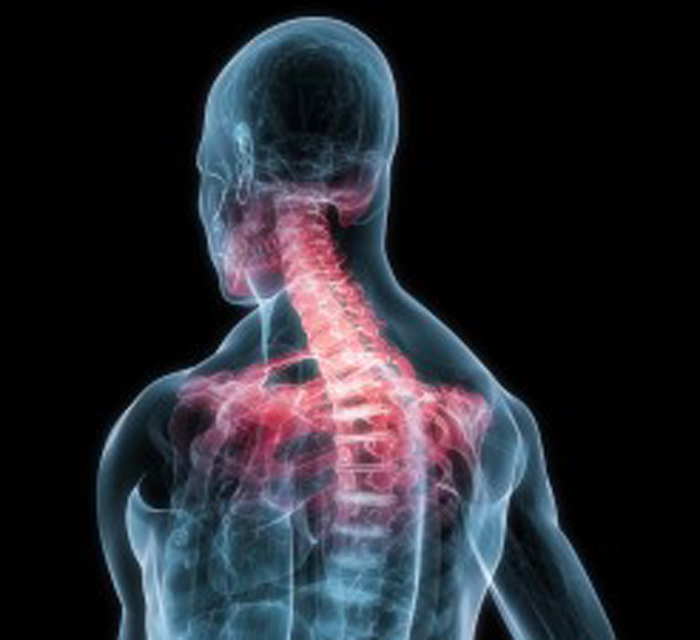Visceral Responses to Spinal Manipulation
SOURCE: J Electromyogr Kinesiol. 2012 (Oct); 22 (5): 777–784
Philip Bolton, Brian Budgell
School of Biomedical Sciences & Pharmacy,
Faculty of Health,
University of Newcastle,
Callaghan NSW 2308, Australia.
Philip.Bolton@newcastle.edu.au
While spinal manipulation is widely seen as a reasonable treatment option for biomechanical disorders of the spine, such as neck pain and low back pain, the use of spinal manipulation to treat non-musculoskeletal complaints remains controversial. This controversy is due in part to the perception that there is no robust neurobiological rationale to justify using a biomechanical treatment of the spine to address a disorder of visceral function. This paper therefore looks at the physiological evidence that spinal manipulation can impact visceral function. A structured search was conducted, using PubMed and the Index to Chiropractic Literature, to construct of corpus of primary data studies in healthy human subjects of the effects of spinal manipulation on visceral function. The corpus of literature is not large, and the greatest number of papers concerns cardiovascular function. Authors often attribute visceral effects of spinal manipulation to somato-autonomic reflexes. While this is not unreasonable, little attention is paid to alternative mechanisms such as somato-humoural pathways. Thus, while the literature confirms that mechanical stimulation of the spine modulates some organ functions in some cohorts, a comprehensive neurobiological rationale for this general phenomenon has yet to appear.
From the FULL TEXT Article:
Introduction
There are more articles like this @ our:
Spinal manipulation is generally accepted as one reasonable treatment option in the management of musculoskeletal disorders such as low back pain and neck pain. Some evidence also exists that certain visceral disorders benefit from spinal manipulation (for example, see Bakris et al., 2007). However, the mechanisms by which spinal manipulation might alter visceral function, and so impact visceral disease, remain unclear. Therefore, in this paper, we review the currently available literature concerning visceral responses to the application of mechanical stimuli to the spine and paraspinal tissues. We specifically draw from human studies using high velocity, low amplitude manipulations, and also from research using biomechanically similar manoeuvres. Therefore, in this paper, the term ‘spinal manipulation’ may be interpreted liberally to include a range of related procedures.
To provide some clinical context for this review, it is to be noted that only a relatively small percentage of patients receive spinal manipulation specifically for the management of a non-musculoskeletal complaint. Numbers vary somewhat from survey to survey, but in Denmark, for example, the proportion of all patients presenting to chiropractors with non-musculoskeletal complaints apparently fell from 7% in 1966 to 3% in 1999 (Hartvigsen et al., 2003). Furthermore, the range of non-musculoskeletal complaints reported to be treated with spinal manipulation is quite limited. In fact, a previous review found that approximately half of the case reports and case series dealing with manipulative management of non-musculoskeletal complaints pertained to only a handful of disorders including gynecological complaints, visual deficits, asthma and enuresis (Budgell, 1999). Clinical trials of spinal manipulation in the treatment of non-musculoskeletal disorders are similarly restricted with the bulk of studies focused on cardiovascular disease, gynecological complaints, infantile colic and asthma (Hawk et al., 2007; Nakayama and Budgell, 2009). Given the restricted interests of clinical reports and controlled studies, as described above, we will therefore review basic physiological studies of what appear to be the most clinically relevant phenomena: cardiovascular, respiratory, gastrointestinal and female reproductive function.
Read the rest of this Full Text article now!



Leave A Comment